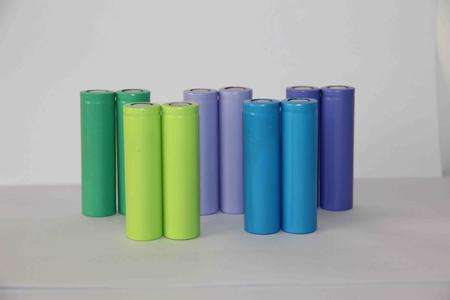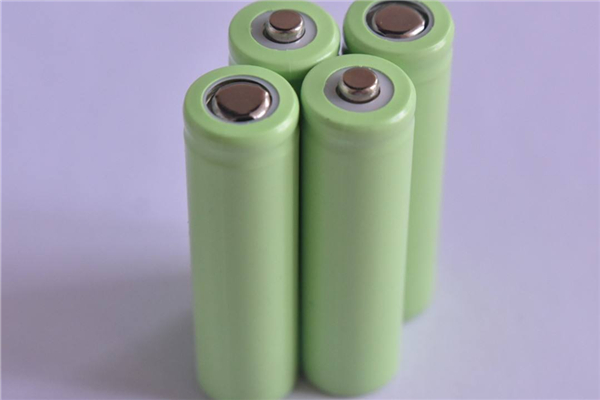Where does lithium come from-source, working, and cost
Jan 04, 2020 Pageview:1108
Do you know where lithium comes from?
Being highly reactive, lithium is never found in its original metal form as the slightest contact with other environmental features such as moisture could trigger spontaneous combustion causing flames. This may also be the reason why lithium-ion batteries tend to explode or catch fire once they go through a process known as thermal runaway, which is caused by high temperatures. Lithium is therefore extracted from igneous rock, mainly spodumene, and also from lithium chloride salts that are found in brine pools. Chile stands to be the largest producer of lithium in worldwide, with its mining site located at the Atacama Salt Flat.
Other countries that produce significant amounts of lithium include Bolivia (with the largest Salt Flat in the world standing at a massive 10,582 square kilometers but which is currently dormant due to political and economic reasons), Argentina, China, USA, and Australia (with the largest deposit at Perth) Mining of lithium from brine has proven to be cheaper than doing it from spodumene and thus leading to many dormant spodumene deposits. Seawater also contains lithium but in deficient concentrations; hence the option of mining the metal from seawater is considered uneconomical.
How does lithium mining work?
As mentioned before, lithium is a highly reactive metal that provides efficient heat and electrical conductivity making it suitable for the production of glass, chemicals, batteries, pharmaceuticals, and high-temperature lubricants. Its highly reactive state makes it impossible to be mined in its metal form and is thus found in various compounds. Lithium extraction can be defined as a combination of chemical processes where the metal is isolated from a sample compound and transformed into a usable form. Such usable types include stable compounds such as lithium carbonate. Just because lithium is available on both land and sea, doesn’t mean that all sources can be exploited for mining because some do not carry any economic value.
Extracting lithium from brine
Large amounts of lithium in today's world are mined from liquid brine locations which are situated far beneath Salt Flats called salars. Most of these salars in South America and China and other brine-rich harvesting areas include geothermal as well as oil fields. Mining lithium from brine is a simple yet slow and lengthy process that takes months or years to come up with the final product. To gain access to the underground salar deposits, one needs to drill into the surface and pump out the brine which is then transported to the various evaporation ponds. The brine is then left in these ponds for months or years for the sun to dry out all the water in it through solar evaporation. This is a lengthy process that is faced by various environmental obstacles, such as unexpected rainfalls.
The brine has very high concentrations of lithium together with potassium and sodium and thus providing a platform from which these other metals can be extracted. At times, miners use reverse osmosis to concentrate the lithium brine further and thus speed up the evaporation process. Once the lithium has achieved a targeted concentration in the evaporation ponds, the ocean is then pumped into a lithium recovery facility for the primary extraction processes to begin. These processes are based on the brine field composition and include the following steps.
1.Pre-treatment
The step uses filtration and ion exchange purification processes to remove any impurities found inside the brine. The brine solution is never pure as there could be infiltrations from other materials or contaminants during the mining process.
2.Chemical treatments
This includes adding chemical solvents and various reagents aimed at isolating the wanted products as well as by-products through a process known as precipitation. The chemical solvents and reagents aren’t just randomly dropped into the solution. They are applied in a chronological and predetermined order to achieve the best results.
3.Filtration
After the chemical treatments, the brine is then filtered to separate precipitate solids from the other solution. The precipitate isn’t just waste products but can be various by-products separated from the solution.
4.The production of lithium
Finally, the brine filtered is treated with reagents like sodium carbonate to form lithium carbonate which is the most desired significant compound for the whole process. The lithium carbonate is then filtered, dried, and sold. Different reagents may be used to produce other conventional lithium compounds based on the wanted product. After the extraction process for lithium is finally complete, the remaining brine solution is pumped back to the underground salars.
Extracting lithium from spodumene
Spodumene can also be referred to as hard rock and is responsible for a small share of lithium production in the world. The mineral ore deposits produce close to 20 tons yearly with more than 100 different minerals containing similar concentrations of lithium but only a few tend to be actively mined including spodumene, petalite, eucryptite, amblygonite, and lepidolite. Mineral ore deposits have higher levels of lithium as compared to salar brines, but because they have to be mined from hard rock, it makes the process expensive. The extraction requires large amounts of energy, chemicals and machines thus resulting in a costly process that can run up to twice the cost of extracting lithium from brine.
Depending on the specific mineral deposit, the extraction process varies and commonly entails extracting the mineral material from the earth’s surface and heating as well as pulverizing it. The crushed mineral is mixed with specific chemical reactants like sulfuric acid and the resulting substance heated, filtered and concentrated by an evaporation procedure. The result is lithium carbonate and the waste products are treated for reuse or to be disposed of.
Other extraction processes
Apart from salar brines and hard rocks, lithium can be extracted from a few different sources listed below. However, as much as these sources provide valuable opportunities for lithium mining, the required technologies used for the extraction has not yet been developed.
Seawater
Recovered oil field brine
Recycled brine from energy plants
Recycled electronics
Hectorite clay
What is the environmental cost of lithium?
The demand for brine keeps increasing since the invention of devices that require energy powered by lithium-ion batteries is a daily affair. The price for the metal significantly doubled between 2016 and 2018 and is expected to increase exponentially. However, as the world fights to enhance clean and renewable energy that could replace fossil fuels, mining lithium could deal with the big and severe problems to the environment, which ultimately results in costly maintenance.
- Prev Article: LiPo Backup Battery-Safety, Memory and Cycle Life
- Next Article: Wiring LiPo Batteries in Parallel-Possibility, Result, and Methods
Leave Message
Hottest Categories
-
Hottest Industry News
-
Latest Industry News
















